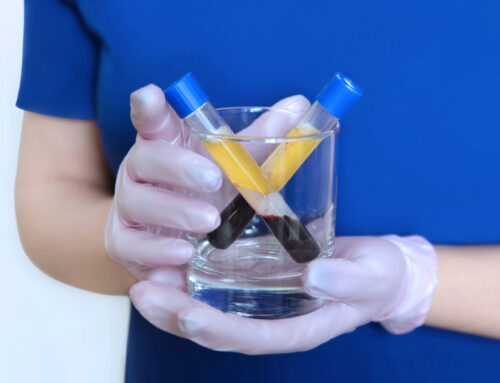What Are the Risks and Benefits of Cell-Based Treatments?
Many people are discovering the benefits of cell-based therapies, commonly known as stem cell treatments or regenerative medicine, in treating orthopedic conditions such as osteoarthritis, tendon injuries, and chronic low back pain. These treatments have offered patients hope for long-term pain relief and healing. Patients have obtained significant medical benefits from physicians who offer safe and evidence-based cell therapy.
Although there is increasingly abundant data on the benefits of these treatments, many cellular therapies are in the investigational stages of development. The U.S. Food and Drug Administration (FDA) regulates the use of this type of cell use in clinical practice. Healthcare providers offering cell-based therapies must comply with state and federal regulations.
Unfortunately, in the U.S., many clinics promote cellular treatments that are neither safe nor effective. The level of healthcare provider training at these clinics is highly variable with many delivering treatments from unqualified individuals. So when patients ask, “Does stem cell treatment work?”, the answer is, “It depends on the clinic and what they are offering as treatment.” We believe it is important for physicians and their patients to understand the key differences between cell based treatments and the providers who offer them.
Several “stem cell” clinics use birth tissue derived from umbilical cord blood or amniotic tissue. Others will offer exosomes which are products derived from cells. These products are not FDA-compliant for orthopedic use. They require FDA approval of a Biologics License Application before physicians are permitted to market them to patients. To evade FDA scrutiny, the manufacturers of these products claim that their birth tissue products do not contain live stem cells. Yet the clinics that sell these products make very different claims.
Source of Cellular Therapy
Cell Therapy uses special cells that are found throughout the body. A common source used to obtain these cells is a bone marrow aspirate concentrate (BMAC) obtained in a FDA-compliant manner. While it is difficult to accurately measure the number of stem cells at the time of treatment, we are able to process the total number of cells contained in BMAC sample. There are many other kinds of cells in bone marrow that contain healing properties. Cell-based treatments that are obtained from the patient comply with current FDA guidelines regarding minimally manipulated tissue and are supported by several scientific studies that report on the safety and efficacy of these therapies for orthopedic conditions.
· Bone marrow derived cells contain a rich supply of cells that have been shown to stimulate the body’s ability to improve circulation, decrease inflammation and heal injured tissues. Our team offers bone marrow aspirate concentrate, which provides many cells to support the body’s natural healing response.
Patient Safety is Paramount
Because cellular therapy treatments use a patient’s own tissue, there is minimal risk of disease transmission, infection, or immune reaction. This would not be the case for donor birth tissue-derived products. Moreover, autologous cells used in our treatments are preserved in their natural state and possess the greatest healing potential. Donor or birth tissue products have not been proven to be safe or effective for orthopedic conditions.
If you have questions concerning the use of cellular therapy to treat orthopedic conditions, talk to the experts at First State Spine. They are skillfully trained in providing these cell-based treatments to their patients with a high success rate. Fill out the form below to get started.




